The Significance of Mirrored Images
Mirrored images hold a significant place in the world of art. They have the ability to capture the viewer’s attention and evoke a range of emotions. By duplicating and reflecting an image, artists can create a sense of depth, symmetry, and complexity, adding new dimensions to their work. Mirroring allows viewers to see the familiar in a unique way, often challenging their perceptions and sparking a sense of curiosity.
Applications of Mirrored Images
The use of mirrored images extends to various artistic disciplines, including painting, photography, and digital art. Here are some notable applications:
- Abstract Art: Mirrored images are commonly used in abstract art to create intricate and visually striking patterns. This technique adds a level of complexity and depth to the artwork, offering viewers a captivating visual experience.
- Symmetry and Balance: Mirroring an image can create a perfect symmetry, enhancing its aesthetic appeal. Symmetrical compositions are often associated with harmony and balance, making them a popular choice in both traditional and contemporary art forms.
- Photographic Reflections: Photographers often utilize mirrored images to capture stunning reflections in water bodies or reflective surfaces. These images offer a unique perspective, blurring the boundaries between reality and illusion.
- Urban Landscapes: Mirrored images are increasingly used in architectural design to create fascinating optical illusions. Buildings with reflective surfaces create an interplay of light and shadow, transforming the urban landscape into a mesmerizing visual spectacle.
Techniques for Creating Mirrored Images
The creation of mirrored images requires a combination of artistic vision, technical skills, and the use of appropriate tools and techniques. Here are some commonly used methods:
- Traditional Mirroring: Artists can manually replicate and mirror an image by using traditional art supplies such as paints, brushes, and canvases. This hands-on approach allows for artistic experimentation and personalized interpretation.
- Digital Mirroring: With advancements in technology, artists can create mirrored images digitally using various software applications. Digital mirroring offers precise control, allowing for symmetrical compositions and seamless blending of mirrored elements.
- Reflective Surfaces: Photographers often utilize reflective surfaces like mirrors, water bodies, and glass panels to capture stunning mirrored images. These reflective elements add depth and intrigue to the composition, making it visually captivating.
The Impact of Mirrored Images
Mirrored images leave a lasting impact on viewers, stirring their imagination and eliciting a range of emotions. Some key takeaways include:
- Captivating Visual Experience: Mirrored images offer a visually captivating experience, often challenging viewers’ perceptions and expanding their understanding of art.
- Emotional Engagement: Mirroring can evoke a variety of emotions, from awe and wonder to introspection and introspection. This emotional engagement adds depth and resonance to the art.
- Pushing Boundaries: Mirroring allows artists to push the boundaries of traditional art forms, blurring the line between reality and illusion. It encourages innovation and experimentation.
Closing Thoughts
The art of reflection through mirrored images showcases the limitless possibilities of artistic expression. Whether it’s in abstract art, photography, or architectural design, the use of mirrored images captures the essence of creativity and offers a unique visual experience. By embracing reflection, artists can create masterpieces that challenge perceptions and ignite the imagination.


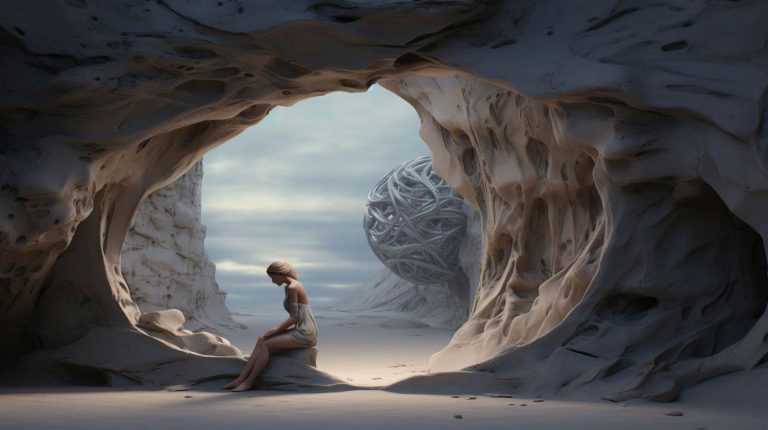
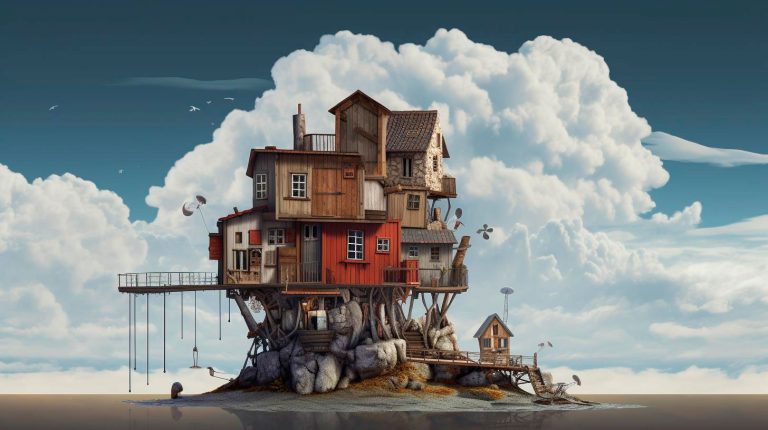

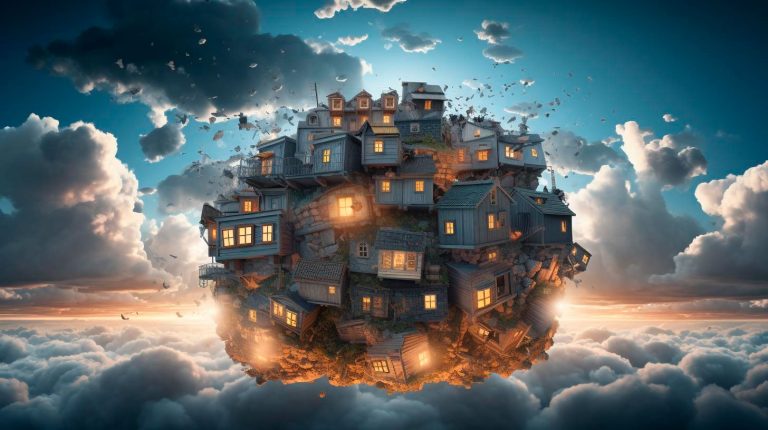
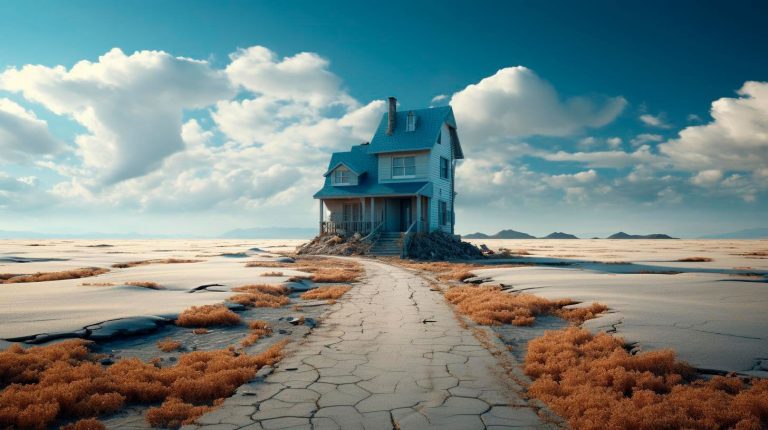
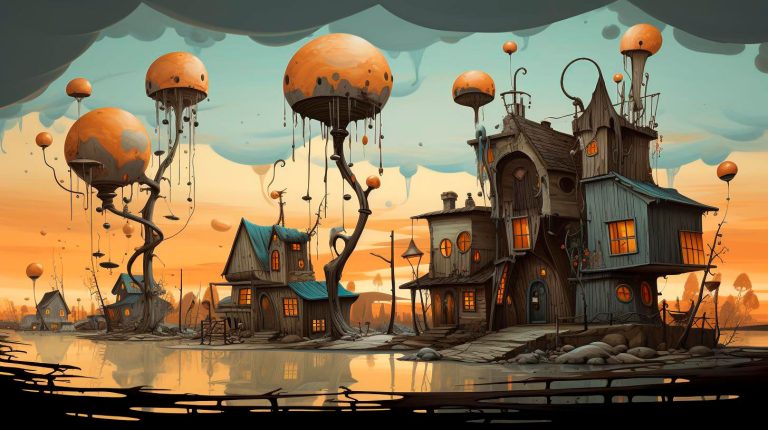







+ There are no comments
Add yours